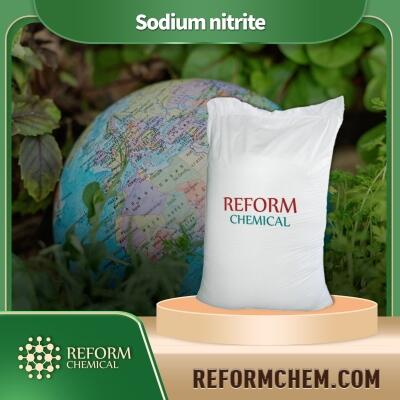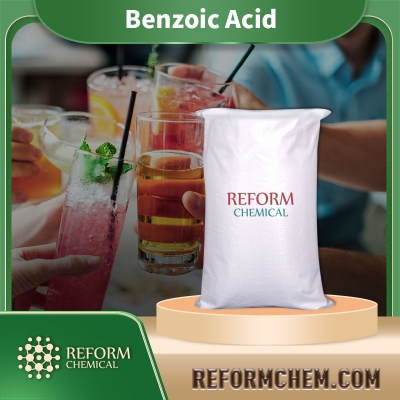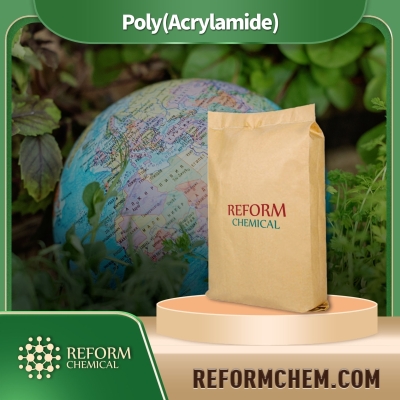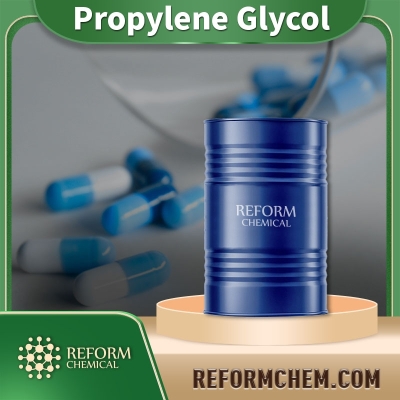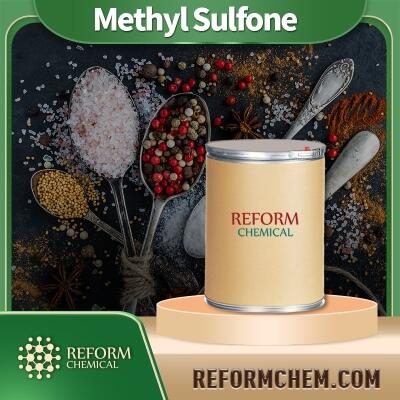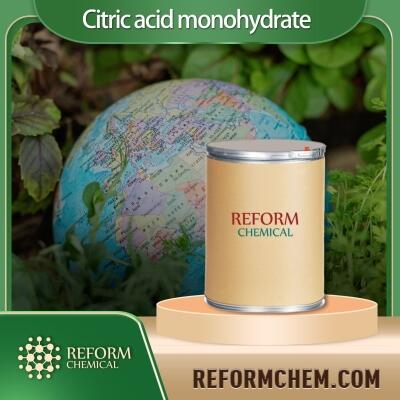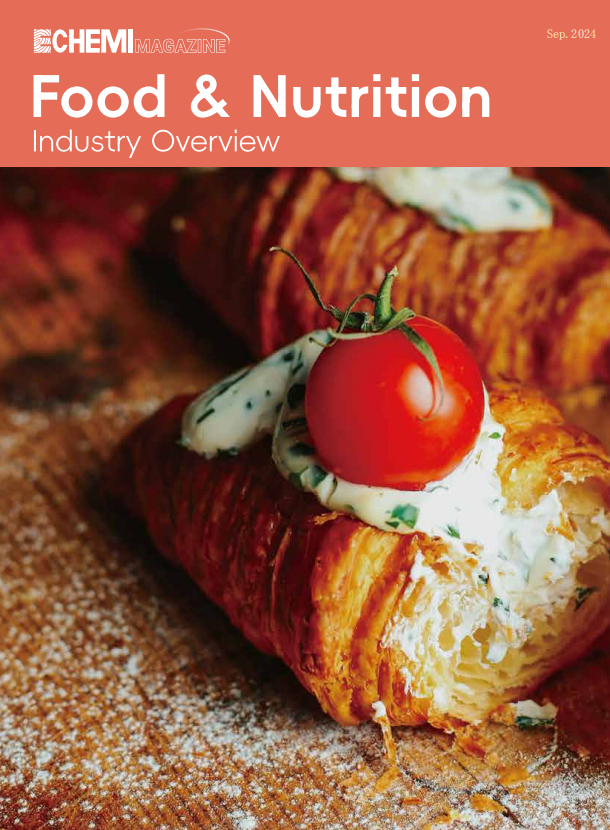After collagen and hyaluronic acid, will it be the next strong oral beauty ingredient?
With the rise of the concept of “same food and makeup”, collagen and hyaluronic acid have become star ingredients in oral beauty functional foods, while another important beauty ingredient, niacinamide, has been less popular in recent years. There is a sudden emergence, especially since a large number of new products have begun to emerge recently. These three ingredients, as the troika in anti-wrinkle, moisturizing, and whitening skin care products, are also showing their talents in the food field.
What is niacinamide?
Nicotinamide, an amide related to niacin, belongs to vitamin B3. Niacin is a water-soluble vitamin that can be converted into nicotinamide in the human body. Niacin and niacinamide have similar functions. Niacin is a colorless needle-like crystal, and the niacinamide crystal is a white powder with stronger solubility than niacin.
In terms of physiological functions, nicotinamide, as a component of Coenzyme I and coenzyme II, participates in lipid metabolism in the body, the oxidation process of tissue respiration, and the process of anaerobic decomposition of carbohydrates. It is mainly used clinically for pellagra, stomatitis, and deficiency. Blood heart disease, thrombotic obstructive disease, etc. In the field of cosmetics, niacinamide is an extremely commonly used star ingredient, which can be used for moisturizing, whitening, acne, anti-wrinkle and sunscreen. Among them, whitening is the most well-known function of niacinamide. In an experiment with Japanese women as research subjects, niacinamide emulsion with a concentration of 5% and sunscreen products containing 2% niacinamide were used respectively. After comparison with blank experiments and computer data analysis, the results show that niacinamide has inhibitory effects. Melanin transfers from melanocytes to keratinocytes. At the same time, nicotinamide can accelerate the shedding of melanin-containing cells in the epidermis because it promotes skin metabolism. Although it cannot fundamentally control the production of melanin, it can intervene and reduce the deposition of melanin, and play a role in whitening.
So, does oral nicotinamide have the same whitening effect? Studies have confirmed that nicotinamide can prevent the transport of melanin in the body to keratinocytes, and at the same time can promote the body's metabolism to accelerate the decomposition of melanin in the body and hinder the transport of melanin particles to the keratinocytes of the skin. However, the whitening effect of niacinamide can only be an auxiliary means, and the most important way of whitening is sun protection. In addition, oral nicotinamide can help fight dermatitis, increase skin moisture, improve skin barrier function, reduce photo-aging, and promote muscle Collagen production. Moreover, as a water-soluble vitamin, nicotinamide can be completely absorbed by oral administration.
According to GB14880, niacinamide/niacin is a list of permitted nutritional supplement compounds and can be used in beverages, solid beverages, bread, instant cereals, cereals, wheat flour, rice, soy milk, soy flour, soy milk powder, and modified milk powder ( Among children, pregnant women), the 2013 revision of the "Reference Intake of Dietary Nutrients for Chinese Residents" recommends a maximum daily intake of 300 mg/d.
CBNData "2019 Oral Beauty Consumption Trend Report" shows that oral anti-aging, oral whitening, oral rehydration, and oral anti-dropping are currently the most concerned topics in the oral beauty product market. Among them, half of consumers who purchase oral beauty products purchased for whitening function. Niacinamide as an important component of whitening is attracting attention. In 2019, the proportion of consumption of oral niacinamide products increased by 15 times year-on-year. During the Tmall 618 period this year, the sales of nicotinamide oral beauty solution increased by 261%. According to the statistics of the data iceberg, among the existing skin care product ingredients on the market, hyaluronic acid, niacinamide and Amino Acids are among the top three, and are far ahead of other ingredients. It has a strong market recognition, which is why it is used as a beauty ingredient. The entry into functional foods has laid a good foundation. It is foreseeable that after collagen and hyaluronic acid, niacinamide will become the next rising ingredient.
Looking for chemical products? Let suppliers reach out to you!
-
Food & Nutrition Industry Overview
The magazine has been officially published in September 2024 and has been issued at Fi Asia Indonesia 2024. It can be downloaded online permanently. It not only provides comprehensive information on the Southeast Asian food market, but also provides overseas readers with the opportunity to understand and track the market dynamics and trends of Chinese food ingredients and get to know outstanding Chinese companies. We sincerely invite you to make full use of the influence of the journal to promotPublished in: Sep. 2024
Trade Alert
Delivering the latest product trends and industry news straight to your inbox.
(We'll never share your email address with a third-party.)
Related News
-
Kiehl's Dermatologist Solutions Powerful-strength Line-reducing Concentrate
-
HyaluGuard Defends Against HA Degradation
-
Sodium Hyaluronate Vs. Hyaluronic Acid: Know The Difference
-
Bloomage Bio Acquired 51% Equity of Yierkang Bio, Officially Entering The Collagen Industry
-
PCHi 2021
-
Hyaluronic acid is widely used downstream, and the industry has achieved rapid growth
-
A major raw material in the bone and joint health market-non-denatured type II collagen
-
Oral beauty consumption has great potential, can collagen tripeptide lead to a new round of accelerated growth?
-
10 natural raw materials worth paying attention to in the global market in 2021
-
What inspiration can the 2021 high-potential ingredient list for beauty products bring to oral beauty foods?
Recommend Reading
-
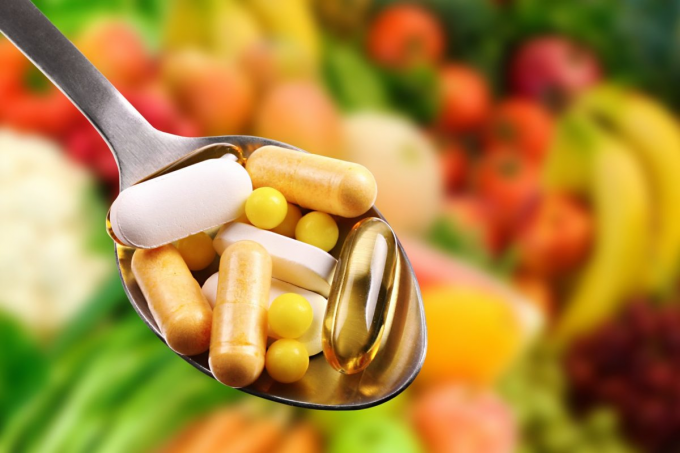
Paraguay Cautions: Top 4 Health Supplement Blacklists Revealed - Unregistered and Unregulated Products with High Health Risks Exposed!
-

South Korea Expands Low-Salt, Low-Sugar Labeling Scope! New Regulations Effective October 17 Spark Explosive Growth in Health Food Market
-

EU Food Safety Authority: Hesperetin Dihydrochalcone Flavoring Safe for 90 Days
-
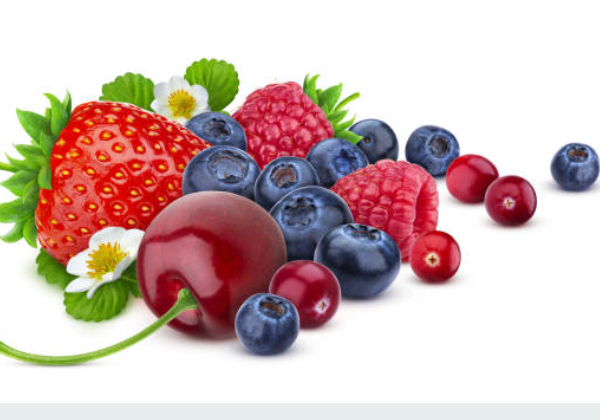
Spring Fruit Consumption Tips for Consumers all over the World
-

EU Food Safety Authority Finds Safety Risks in Baby Food Using Silica, Exposure Margins Only Reach 36!
-

Mitsubishi Chemical and Arkema announced acquisitions one after another!
-
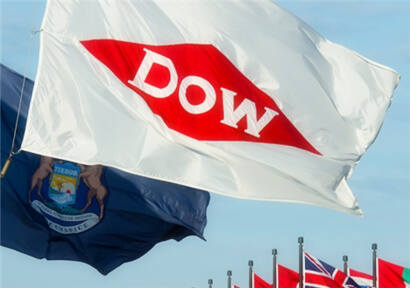
DOW AND JOHNSON MATTHEY LICENSE INA TECHNOLOGY IN CHINA
-

UAE and Italy establish oil and gas company
-

What Are 10 Fun Facts About Zinc You Need To Know?
-

Regular drinking of tea helps to slow down cognitive decline





